
After countless leaks lately, the Motorola Razr (2023) and Motorola Razr+ have arrived, with new hardware, impressive features, and more. After spending some time with both phones this week, I feel they’re the foldable flip phones that finally nail the vision of what this form factor should be.
- Motorola Razr+ foldable launches June 23 for $999 with 3.6-inch outer display
- Motorola Razr (2023) will be a ‘meaningfully cheaper’ foldable, coming later this year
‘Flippables’ are popular, imperfect as they are
Foldable smartphones have so far come in two form factors – “books” like the Galaxy Z Fold and Pixel Fold, and flip phones like the Galaxy Z Flip and this new Motorola Razr.
And, so far, foldable flip phones, or “flippables” as they’re increasingly being called (for better or worse), have been the foldables actually selling.
In Q1 of this year, Samsung’s Galaxy Z Flip 4 was one of the top 10 most popular smartphones over $500 sold globally. With the Galaxy Z Flip 3 generation, that “flippable” made up the bulk of nearly 10 million foldables sold that year. It’s clear that these devices are resonating with people, which is interesting because they’re also far from perfect.
Nearly every foldable flip phone released so far has had the same problem. Using the inner display is fine, but getting things done without opening the phone is still super important, and it just isn’t there yet on most of these devices. The Galaxy Z Flip 4 has a tiny, limited display. The Oppo Find N2 Flip has a much bigger display, but one that’s still held back by an insistence on limiting the user to only a select few widgets.
Motorola got this mostly right from the beginning, and now the Razr+ just takes it a step further.
I can actually see myself using the Motorola Razr+
The Motorola Razr+ with its 3.6-inch outer display is finally the first foldable flip phone I can see myself using for an extended period, and it all boils down to that outer display and how Motorola is using it.
The outer display is designed around actually using the phone and removes basically all limits. You can run any app, you can take up nearly the entire front of the phone, right down to around the cameras, and you get a lot of flexibility in the software to take advantage of that. There’s a gesture to have apps run in compact and fullscreen modes. The homescreen runs with a set of customizable panels that really let you dial in how the device can be used. You can use Google Wallet, which has been blocked when closed on every single foldable flip phone thus far.
We’ll have a more extensive breakdown of everything you can do with the Razr+’s outer display later this afternoon, but the short version is that there are really no big limits. It’s Android, and doing everything you want it to do.
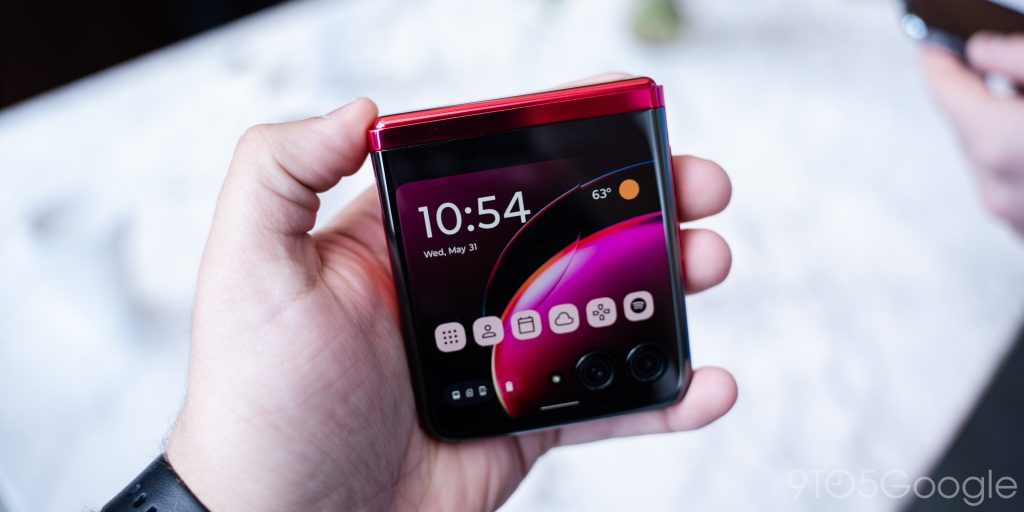
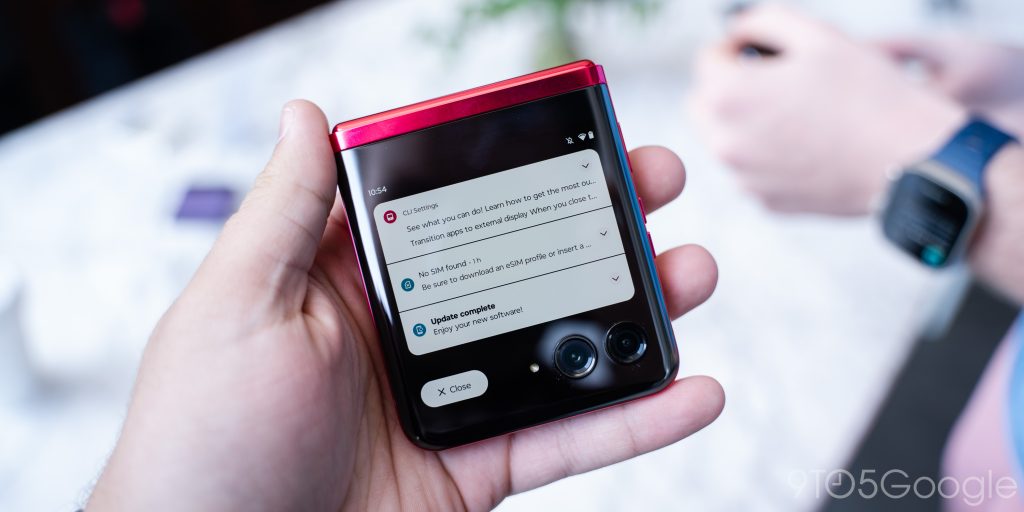

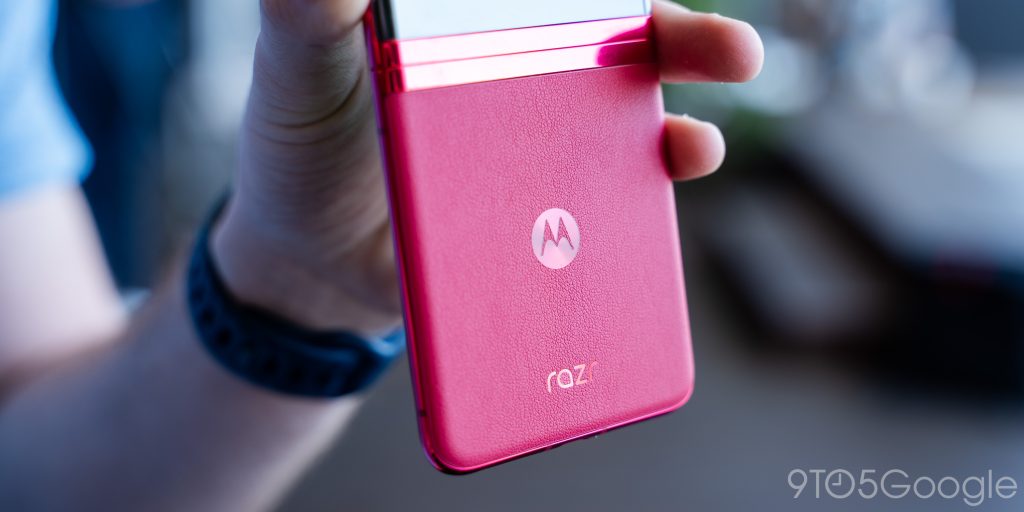
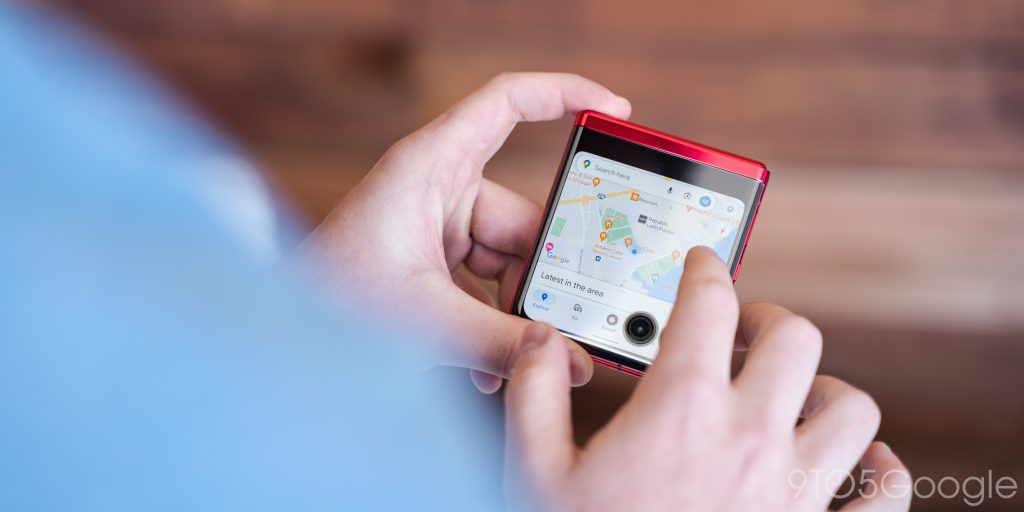

And the rest of the phone holds up very well too.
The internal display is sharp and very smooth at 165Hz. The Snapdragon 8+ Gen 1 chip, while not the latest, felt very snappy. And Motorola’s clean, Pixel-like Android software is a breath of fresh air compared to most other foldables out there today. The hardware is also well done, with the hinge feeling sturdy, though a bit stiff. Max Weinbach and I both noticed that the “flip” gesture often used to quickly open flip phones one-handed doesn’t work very well here, and makes it feel like you’re going to break the phone more than in other cases.
Motorola’s hinge also allows for a display that’s free of a giant crease like Samsung’s Galaxy Z Flip line. It’s not invisible, nor as good as the one on the Oppo Find N2 Flip (at least when it was as new as the Razr), but it’s good enough.
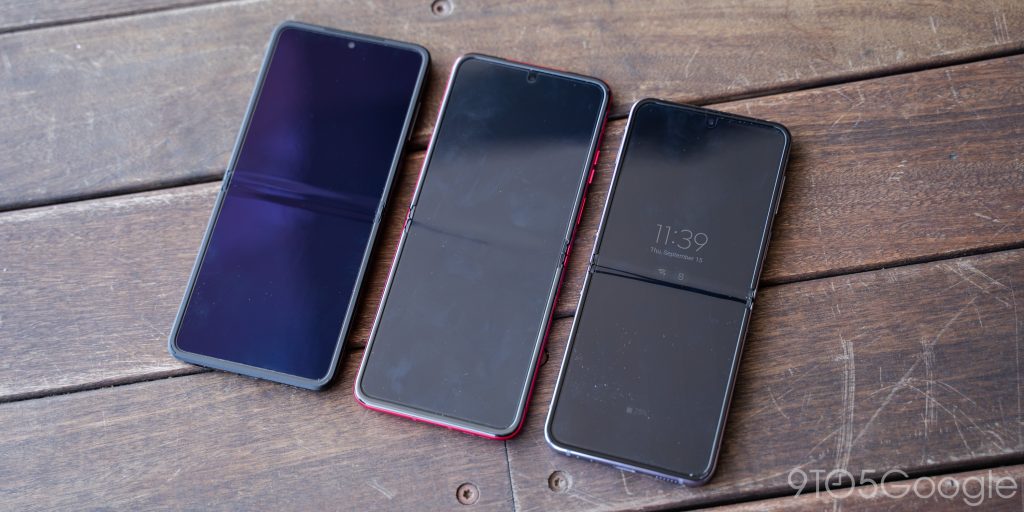
The physical design is also quite nice. The “Glacier Blue” and black colors have a nice matte glass while “Viva Magenta” has a not-impressive, but nice-to-the-touch vegan leather (textured plastic, basically, and not that difficult to damage as we saw one unit with a gash during our hands-on). The metal frame is light and sturdy, and the color pops off the magenta model too.
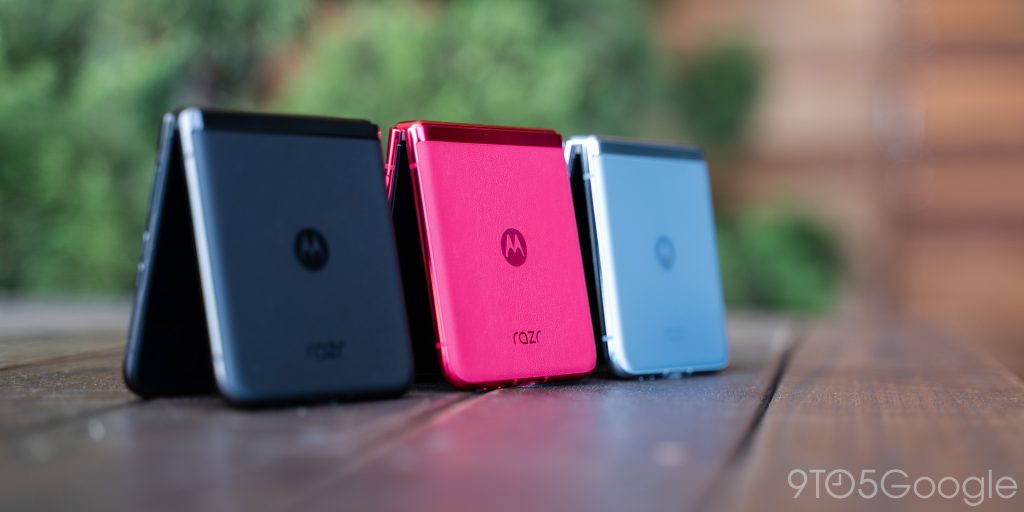
The Razr (2023) is par for the course, but a tantalizing deal
And then, on the other hand, there’s the standard Motorola Razr (2023). This device, which can be thought of as the “Razr Lite” as it was briefly considered to be called, is pretty much what we’ve come to expect from “flippable” phones.
It shares the same core hardware as the Razr+, with the same hinge and even an identical internal display. Where it differs started with, obviously, the hardware.
The Razr (2023) has a much smaller 1.5-inch outer display, and that display is only capable of running some limited functions. There are widgets for audio recording, weather, calendar, media controls, a timer, and contacts. Beyond that, there are customizable clock faces and some special notifications. Google Maps, for example, will trigger Wear OS-like turn-by-turn directions on that display, which seems to be something Motorola built on top of Google’s own notifications.
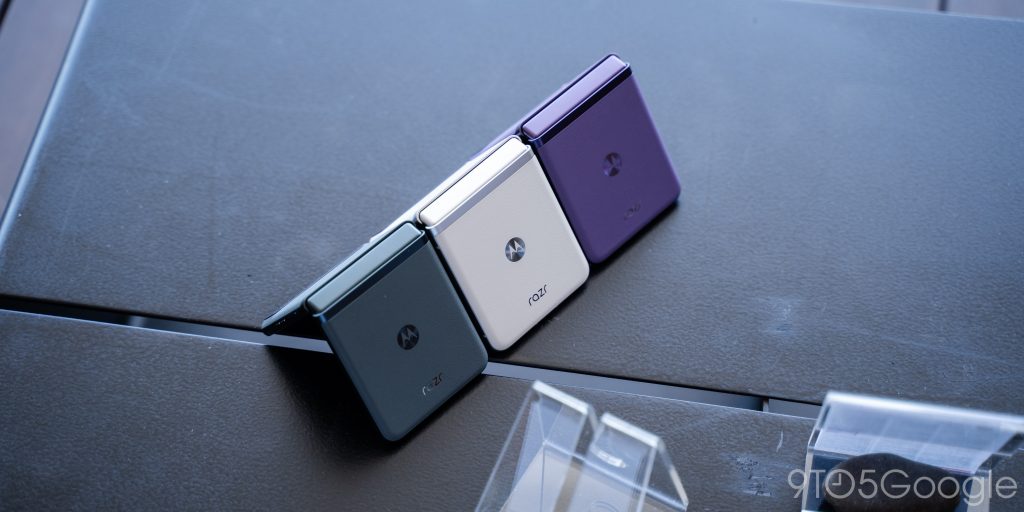

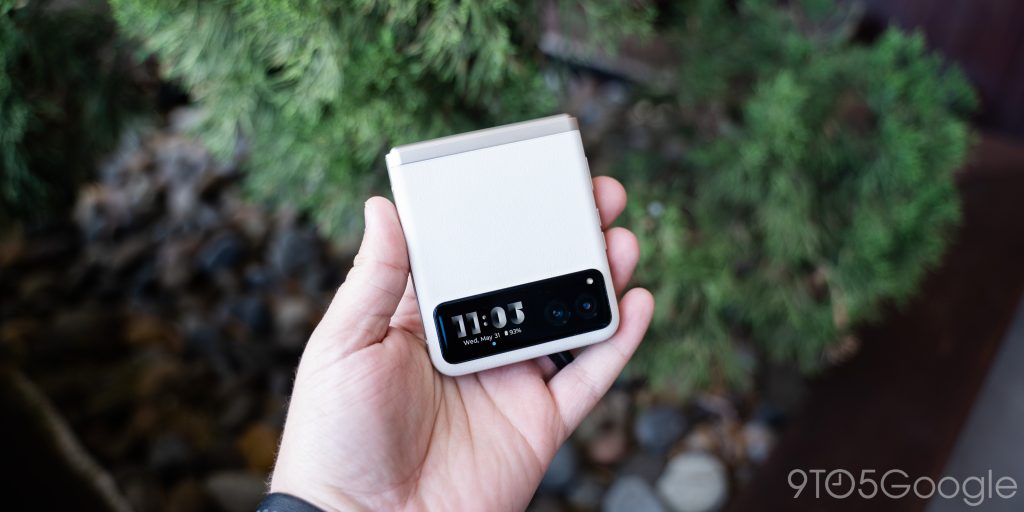
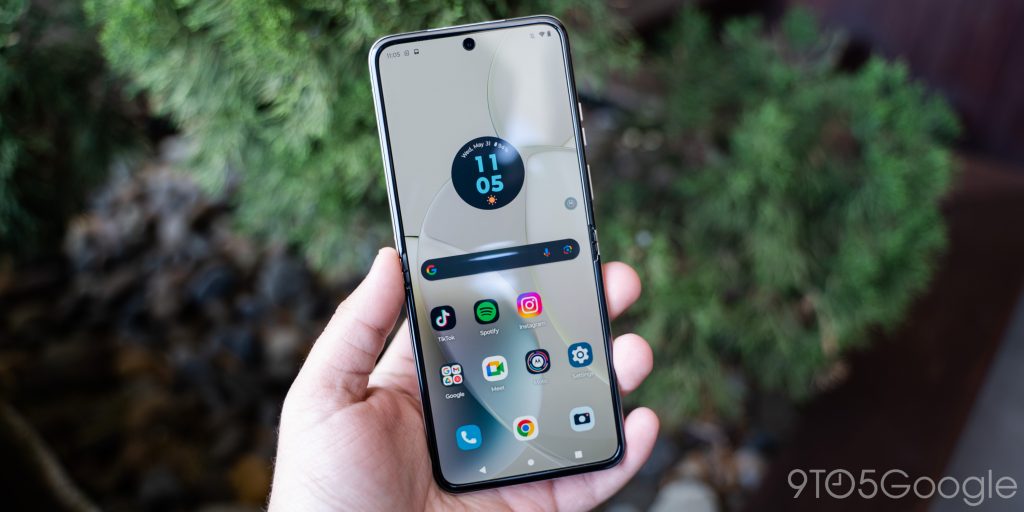
That very much feels like Samsung’s Galaxy Z Flip 4 and is also one of the reasons I personally am not a fan of most flip phone designs. But for some, as our Andrew Romero commented on last year, that’s actually a perk, and Motorola even mentioned this device is in part made for the “digital minimalist.”
What’s really exciting about this device is just that it’s going to be cheaper. Motorola tells us that the Razr (2023) will be “meaningfully cheaper” than the Razr+. To me, that reads as at least $200 less, and even the possibility of buying a brand-new foldable for $799, should that be the actual price, is a huge step forward for this technology. Of course, we’ll have to wait and see what Motorola considers “meaningful.”
The Motorola Razr (2023) goes on sale in the US “later this year” and Razr+ launches on June 23.

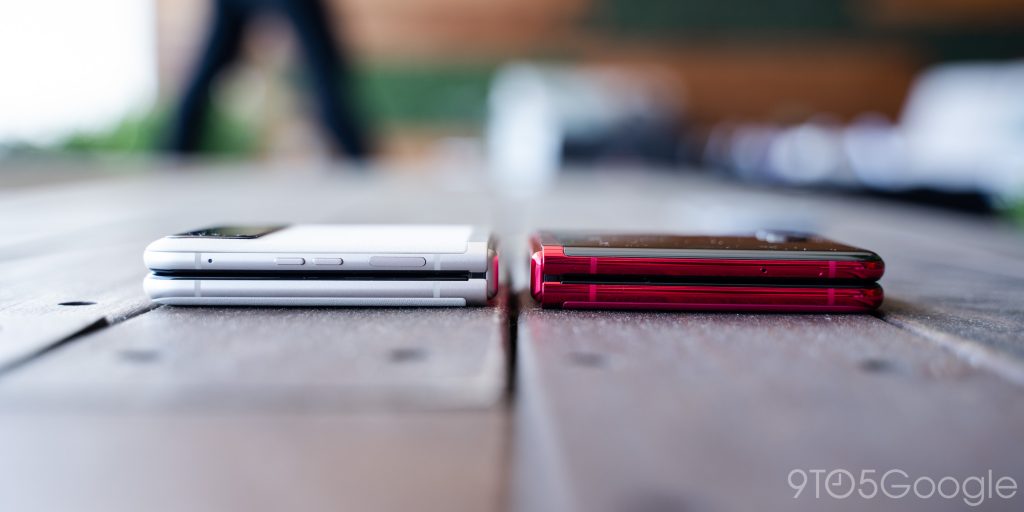

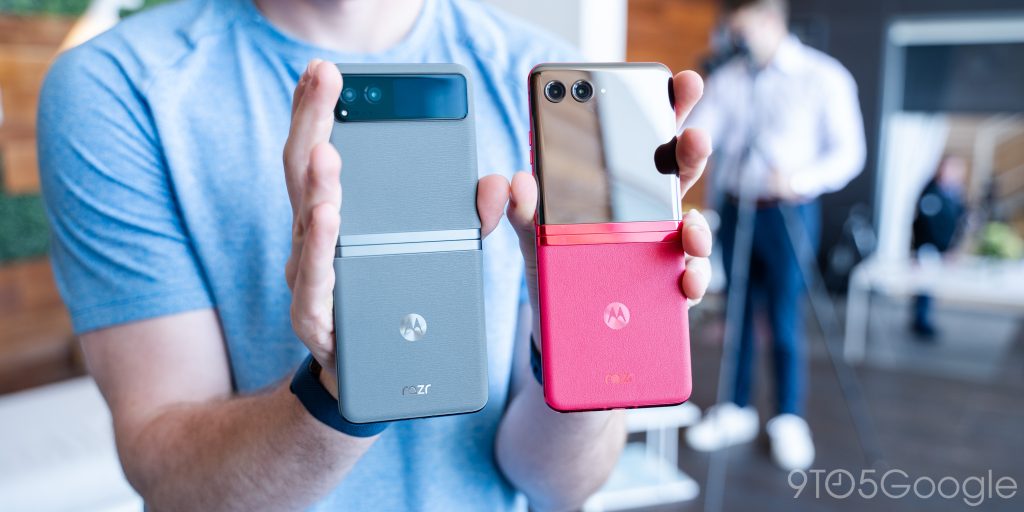
FTC: We use income earning auto affiliate links. More.



Comments